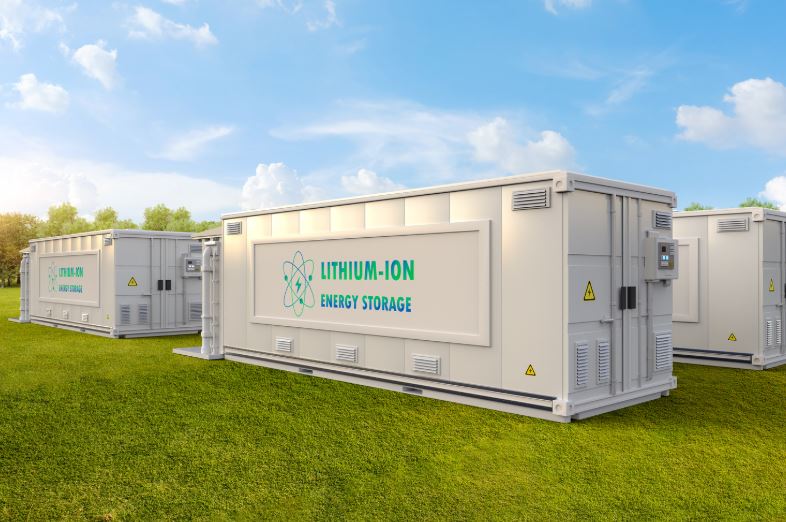The rise of lithium-ion batteries (LIBs), spurred by the global shift toward electrification, has led to an urgent challenge.
As the demand for electric vehicles and portable electronics surges, the looming problem of managing the influx of spent LIBs has taken center stage. According to industry data, the market for LIBs is projected to grow substantially, with spent batteries expected to reach staggering volumes over the next decade. This poses significant resource management issues and beckons the development and deployment of efficient battery recycling practices.
The concept of “urban mining” introduces a new paradigm in its ability to source valuable materials from spent LIBs, thus reducing dependency on traditional mining operations and potentially altering the geopolitical landscape of resource acquisition. Current market analyses underscore a pressing need for the re-entry of materials such as lithium and cobalt into the supply chain. Yet, the industry faces not only technical and economic hurdles but also design challenges that complicate the recycling process.
One of the primary challenges identified is the efficiency of current recycling techniques—which often involve labor-intensive processes or inefficient material recovery rates. Industry benchmarks reveal that while hydrometallurgical and pyrometallurgical methods have made strides, they are not always economically viable or environmentally benign. Therefore, research is intensifying on advanced pre-treatment techniques that could enhance the recovery rates of high-value components while also increasing economic feasibility.
The drive toward a circular economy further amplifies the focus on LIB recycling. Circular strategies aim to transform how industries produce, consume, and dispose of goods, minimizing waste and repurposing materials. This approach not only addresses the end-of-life disposal challenges of LIBs but aims to recapture their embedded value. For instance, regenerative business models supported by comprehensive policy frameworks might incentivize recycling efforts while promoting sustainable product design—a critical factor in the seamless integration of recycled materials into the production cycle.
Progress in LIB recycling directly aligns with global environmental targets. These efforts are seen as pivotal in reducing the carbon footprint associated with battery production and in advancing the clean energy transition. Effective recycling methods could ultimately serve to reduce greenhouse emissions—a central goal in combatting climate change.
Reanalyzing the design of lithium-ion batteries also emerges as a pivotal strategy to overcome existing recycling barriers. By intentionally crafting batteries that simplify disassembly and material separation, manufacturers could significantly bolster the recyclability of these devices. This strategic focus invites collaboration across the supply chain, including the electronics and automotive sectors, enhancing the feasibility of a closed-loop system.
Industry experts must consider additional innovative practices and transversal collaborations to navigate the current challenges posed by LIB recycling. Cutting-edge research and development hold the potential to redefine established processes, fostering a future where the adoption of sustainable battery technologies becomes mainstream.
Stay updated on the latest in energy! Follow us on LinkedIn, Facebook, and X for real-time news and insights. Don’t miss out on exclusive interviews and webinars—subscribe to our YouTube channel today! Join our community and be part of the conversation shaping the future of energy.
